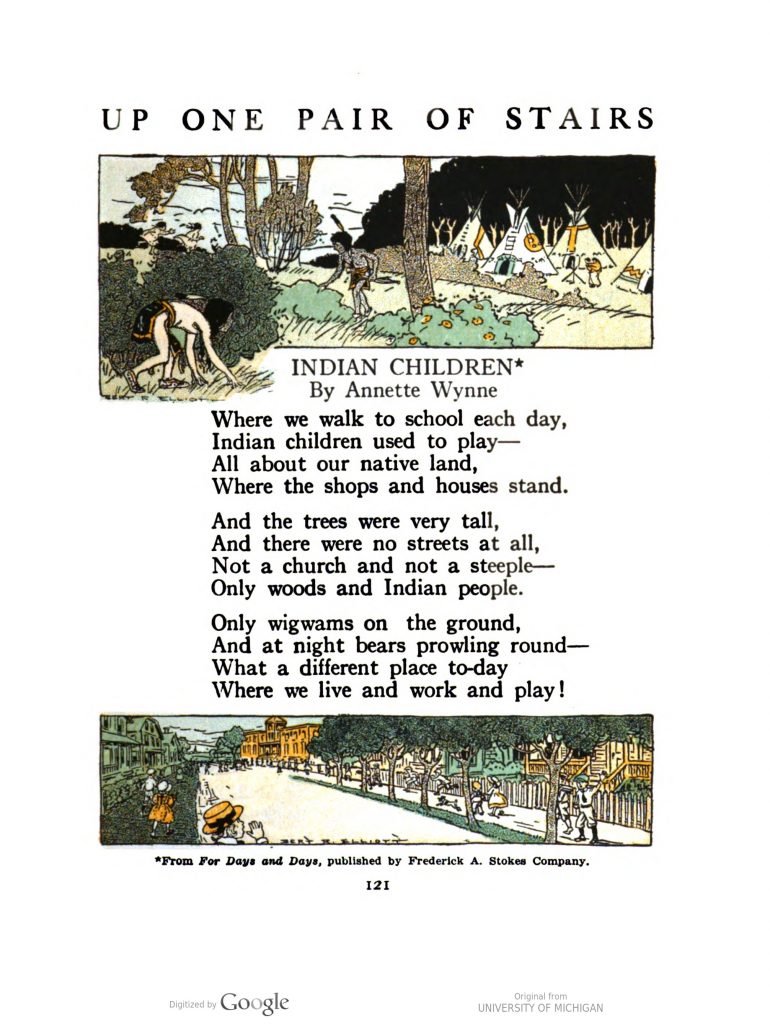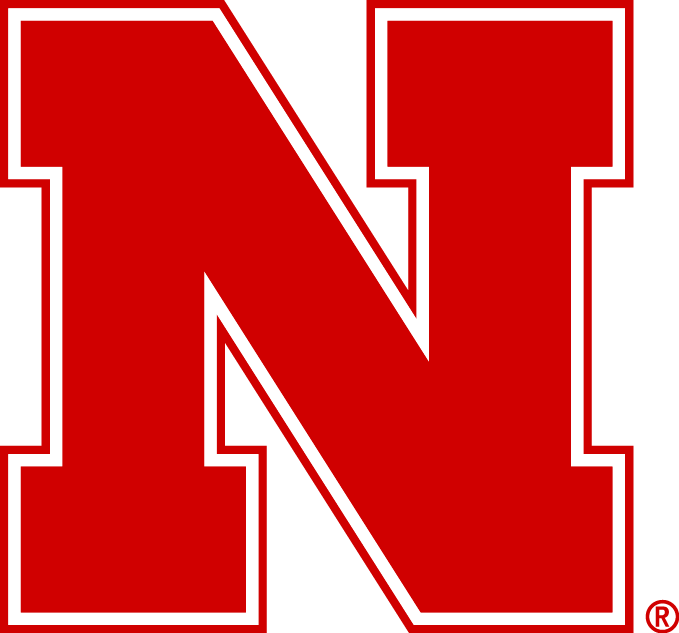On October 14th the State of Nebraska will observe both Indigenous People’s Day and Columbus Day. This dual observation was passed into law in the 2020 legislative session as LB848, authored by Senator Patty Pansing-Brooks. §1 of that bill states,
The second Monday in October of each year shall be Indigenous Peoples’ Day and Columbus Day and shall be set apart to recognize the historic, cultural, and contemporary significance of the people indigenous to the lands that are now known as the Americas, including Nebraska, and the many contributions of such people.[i]
For those who are interested in such things, Nebraska’s dual observation day puts us in company with just one other US State, Rhode Island, according to the Pew Research Center.[ii] Though to be fair, Virginia and Alabama are dual observer states, observing “something else” in addition to Columbus Day.[iii]
I was present at the first officially observed Indigenous People’s Day celebration on October 11, 2021. Then UNL Chancellor Ronnie Green spoke about the importance of Native students, staff, and faculty at the state university, and an interest to increase recruitment and retention. Three years on, the situation remains much the same.
The addition of observing Indigenous People’s Day controversially changed a 109-year tradition of Nebraska only observing Columbus Day on the second Monday of October.[iv] Columbus Day was passed into law by the 1911 Legislature. The Omaha Daily Bee reported on the first celebration of Columbus Day on October 13, 1911. The bylines report:
FIRST COLUMBUS DAY OBSERVED
Legal Holiday Decreed by the Last State Legislature is Appropriately Celebrated
KNIGHTS OF COLUMBUS GATHER
Initiate 200 Candidates Into the Fourth Degree
BANQUET AT AK-SAR-BEN DEN
Bishop Tihen of Lincoln Speaks of Great Discoverer
OTHER SOCIETIES CELEBRATE
Italian clubs hold meeting and banquet, banks close and public schools hold exercise of appropriate nature.[v]
Two things stand out to me. The first is the ascension of Columbus to the title of “Great Discoverer” of America. He didn’t; he isn’t. The second is the mention of “exercise[s] of appropriate nature” held in public schools across the state. It doesn’t take a stretch of the imagination to picture the type of patriotic pageantry that was held.
Indigenous erasure was already well-entrenched in public education by 1911. In 1900 Francis La Flesche published The Middle Five, an account of his life as a student at a Presbyterian Mission School on the Omaha Indian Reservation. He recounts a telling scene wherein an Omaha boy proclaims that Christopher Columbus discovered America.[vi] Deborah Fink, recalling her primary education in Albion, remembers singing a song in class, based on the1919 poem “Indian Children” by Annette Wynne.[vii]
Where we walk to school each day
Indian children used to play-
All about our native land,
Where the shops and houses stand.And the trees were very tall,
And there were no streets at all,
Not a church and not a steeple-
Only woods and Indian people.Only wigwams on the ground,
And at night bears prowling round-
What a different place today
Where we live and work and play![viii]
The historical effects of erasure are a contributing factor to present-day Indigenous students’ low enrollment and retention numbers in higher education. Indigenous students lack a sense of belonging, or, “perceptions of being valued within a campus community.”[ix] This lack adversely affects both incoming enrollment and retention rates.[x]
I will close this post with data on UNL undergraduate enrollment, taken from UNL’s Institutional Effectiveness and Analytics Common Data Set (CDS), which reports undergraduate enrollment data.[xi] I’ve prepared two graphs. Figure 1 displays undergraduate enrollment data from the category “American Indian and Alaska Native, non-Hispanic” reported on the CDS over the period 2000-2024. Figure 2 compares data from Figure 1 to data from other racial and ethnic categories, as defined and reported by the CDS.[xii] In Figure 2, I collected the minimum, maximum, and mean from Figure 1, and compared it to a combined group of racial minority student enrollment numbers, and the white majority student enrollment numbers of the same years. As Figure 2 shows, there is a wide gulf between the enrollment numbers of Native students and other minority students, and especially compared to the white majority.
Though I have suggested ‘sense of belonging’ as a contributing factor to the low admission and enrollment numbers, a much more extensive data essay is needed to tell the whole story. On October 14th, the University of Nebraska Inter Tribal Exchange (UNITE), a Recognized Student Organization (RSO) for Native students, will be hosting a booth in the City Campus union from 11:30 am – 1 pm. We will have some crafts, candy, and facts. Most importantly, we’ll be there.

Figure 1: UNL Native American Undergraduate Enrollment: 2000-2024.
* CDS changed the category from “American Indian and Alaska Native” to “American Indian or Alaska Native, non-Hispanic” in 2010, to mirror changes in categorization by the US Census Bureau. I have applied the most recent version to data collected before 2009 under the previous category.

Figure 2: UNL Native Undergraduate Enrollment Compared to Minority and Majority Ethnic/Racial Groups.
* CDS changed the category from “American Indian and Alaska Native” to “American Indian or Alaska Native, non-Hispanic” in 2010, to mirror changes in categorization by the US Census Bureau. I have applied the most recent version to data collected before 2009 under the previous category.
** CDS modified all categories in its racial and minority data collection in 2010, to mirror changes in categorization by the US Census Bureau. “White, non-Hispanic” has remained consistent throughout the years reported. However, other racial categories have been modified. Nevertheless, the comparison group is equivalent across the years reported here.
*The site, Responsible Data Sets in Context, informed this fledgling attempt at a data essay. I encourage all who haven’t explored the site to do so. “Home – Responsible Datasets in Context.” Accessed October 7, 2024. https://www.responsible-datasets-in-context.com/
[i] Indigenous Peoples’ Day and Columbus Day, LB 848, (2020).
[ii] DeSilver, Drew. “Working on Columbus Day or Indigenous Peoples’ Day? It Depends on Where Your Job Is.” Pew Research Center (blog), October 5, 2023. https://www.pewresearch.org/short-reads/2023/10/05/working-on-columbus-day-or-indigenous-peoples-day-it-depends-on-where-your-job-is/.
[iii] DeSilver, ibid.
[iv] Jose Zozaya, “’We’re going to survive: Nebraska tribes, legislators, recognize Indigenous People’s Day,” KETV Omaha 7, October 12, 2020: https://www.ketv.com/article/were-going-to-survive-nebraska-tribes-legislators-recognize-indigenous-peoples-day/34350547
[v] “First Columbus Day Observed,” The Omaha Daily Bee, October 13, 1911: https://nebnewspapers.unl.edu/lccn/sn99021999/1911-10-13/ed-1/seq-1.pdf
[vi] Francis La Flesche, The Middle Five (Lincoln: Bison Books Printing, 1963), 98-9.
When the questioning of the questioning of the visitors was over, Gray-beard turned to us and said, “Now children, pay strict attention; these gentlemen want to see what you have learned. I will put some questions to you.”
We became so silent that we could hear a pin drop. The visitors smiled upon us pleasantly, as though to encourage us.
“Who discovered America?” asked Gray-beard. Dozens of hands went up. “Abraham, you may answer.”
An expression of amusement spread over the faces of the scholars as the great awkward boy stood up. Gray-beard… knew very well what every boy and girl of the school could do; however there was no help for it now; Abraham Lincoln, standing with his hands in his pockets, had the floor; he put his weight on one foot and then the other, the very picture of embarrassment; he cleared his throat, looked helplessly at me, and then at Brush,–“Come,” said Gray-beard, “we are waiting.”
“George Washington!” answered Abraham.
A titter ran around among the pupils. Gray-beard’s face turned red, then white, as he said, “Abraham, take your seat. Brush, can you tell us who discovered America?”
“Columbus,” promptly answered the boy. Then a series of questions were asked, which the children answered voluntarily, and did credit to their teacher. The visitors nodded approvingly to each other. [Then] the examination was over.
[vii] Deborah Fink, “Who Are We? Race & Ethnicity in a 1950s Nebraska Town,” Nebraska History 88
(2007): 110-125.
[viii] Reprinted in: O. Beaupré Miller, Up one pair of stairs of my bookhouse. (Chicago: The Bookhouse for Children, 1920), 121. Below is the illustrated version:

[ix] Cited in, Shaina Elizabeth Philpot, “American Indian Students’ Sense of Belonging at Predominantly White Institutions and Tribal Colleges and Universities,” Tribal College Journal of American Indian Higher Education (blog), April 26, 2024. https://tribalcollegejournal.org/american-indian-students-sense-of-belonging-at-predominantly-white-institutions-and-tribal-colleges-and-universities/
[x] Bryan McKinley Jones Brayboy, Jessica A. Solyom, and Angelina E. Castagno. “Indigenous Peoples in Higher Education.” Journal of American Indian Education 54, no. 1 (2015): 154–86. http://www.jstor.org/stable/10.5749/jamerindieduc.54.1.0154; Michael Walkingstick Garrett, “Between Two Worlds: Cultural Discontinuity in the Dropout of Native American Youth,” The School Counselor 42, no. 3 (1995): 186–95. http://www.jstor.org/stable/23901324; Raphael M. Guillory and Mimi Wolverton, “It’s about Family: Native American Student Persistence in Higher Education,” The Journal of Higher Education 79, no. 1 (January 1, 2008): 58–87, https://doi.org/10.1080/00221546.2008.11772086.
[xi] “Common Data Set | Institutional Effectiveness and Analytics | Nebraska.” Accessed October 7, 2024. https://iea.unl.edu/publication/common-data-set/.
[xii] The CDS uses racial and ethnic categories roughly equivalent to those used by the US Census Bureau. The categorization was revised by the bureau in 2010, a change that was mirrored in the categories on CDS. For a full history of race and ethnicity and the US Census Bureau, see this informative timeline: “Measuring Race and Ethnicity Across The Decades: 1790—2010 – U.S. Census Bureau.” Accessed October 8, 2024. https://www.census.gov/data-tools/demo/race/MREAD_1790_2010.html
